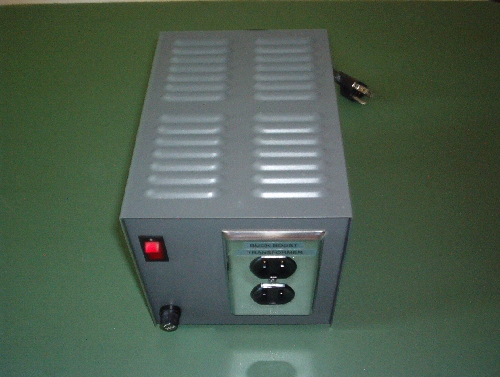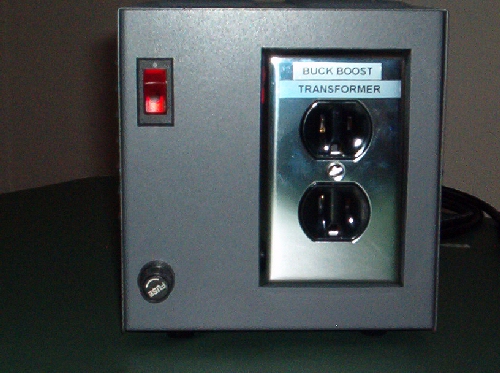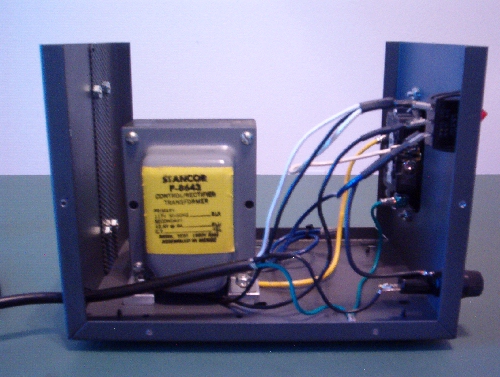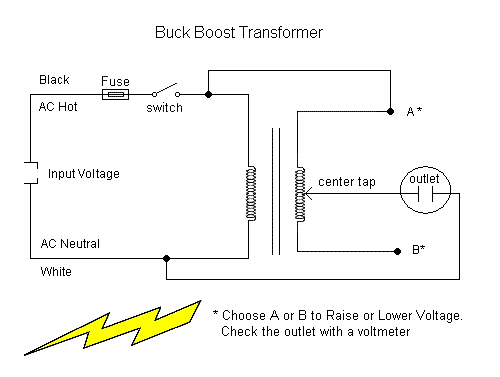

 
W5DXS - Heart Of Texas DX SocietyHOTDXS WORKBENCH |
KC5LDOBuck Boost TransformerLine voltage, which is the voltage present at your wall outlet, has been on the increase for the last few years. Voltage can vary depending on grid and load conditions. The opposite can also be true meaning voltage can be low. I monitored my line voltage for several weeks and the results were surprising. It varied between 125v and 126.6v. Since I use a lot vintage tube equipment that was designed for 110v to 115v, I began to wonder what effect the increased voltage was having. I researched adjusting line voltage and it became apparent either a variac or a buck boost transformer was needed to lower the voltage. Variacs are expensive, so I decided to use the buck boost transformer method. A buck boost transformer is configured so that the transformer secondary is either in phase or out of phase with the primary. With the secondary connected out of phase the transformer will lower voltage. With the secondary connected in phase the transformer will raise the voltage. Filament transformers have secondary voltages more suitable for buck boost situations. Choose one that has the secondary voltage you need with proper amp rating. I chose a filament transformer with a 6.3v secondary rated at 8 amps. The 8 amp rating is adequate for my load requirements and lowering the line voltage by 6.3v would put the line voltage into the acceptable limits.  I assembled the buck boost transformer in a discarded power supply cabinet complete with on/off switch and fuse for safety. When first tested the output voltage was 6.3v higher than my line voltage. Reversing the leads of the secondary transformer lowered the line voltage by 6.3v. Be sure and check your output voltage before using.
Curious as to what the 6.3v difference in the line voltage would make, I did a
test with my 5U4G power supply that I used with my 6L6 transmitter. The results
were quite surprising. See the table below:
 I now use the buck boost transformer with all my vintage tube type equipment. Also I have noticed that my Collins R - 390A runs considerably cooler with the 119v versus 125v. The Collins R - 390A was designed for 115 volt - 230 volt operation.. There are several important notes to consider when you are constructing a buck boost transformer. Be absolutely sure and double check your output voltage before using. The line inputs should be fused for safety. Since the primary and the secondary windings are connected in series, the transformer offers " NO " isolation protection. The transformer secondary will carry the load so it must be rated accordingly.  
73, James, KC5LDO
One final note, if you fail to double check your output voltage, this may happen.
This is not a good thing!
Articles written by James Tobola - KC5LDO
|
||||||||||||
|